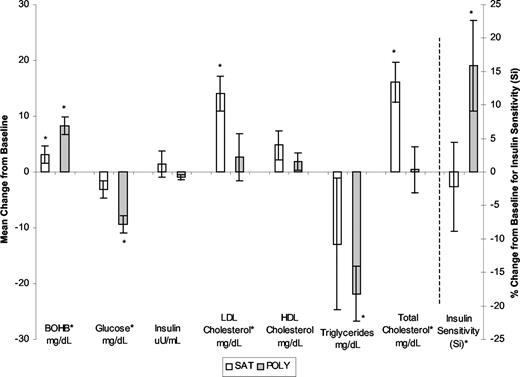I don’t know that this study is all that useful in an application sense right now. But I find it interesting, in that the complexity of adipose tissue is very gradually getting better understood. I mean look at how much understanding of ‘cholesterol’ (different ‘types’ and that vs. the ‘carriers’ of it, etc.) has grown over time. I think adipose tissue is not much understood at all yet.
Spatial mapping reveals human adipocyte subpopulations with distinct sensitivities to insulin
Jesper Bäckdahl 5 Lovisa Franzén 5 Lucas Massier Mikael Rydén 5 Patrik L. Ståhl 5 Niklas Mejhert 5, 6 Show all authors
Show footnotesOpen AccessPublished:August 10, 2021DOI:https://doi.org/10.1016/j.cmet.2021.07.018 PlumX Metrics
Highlights
• Spatial mapping of human subcutaneous white adipose tissue detects 18 cell types • Neighborhood analyses identify cell classes with distinct clustering propensities • We report three fat cell types with specific localization and mRNA/protein markers • Only one of the three adipocyte subtypes responds to insulin stimulation in vivo
Summary
The contribution of cellular heterogeneity and architecture to white adipose tissue (WAT) function is poorly understood. Herein, we combined spatially resolved transcriptional profiling with single-cell RNA sequencing and image analyses to map human WAT composition and structure. This identified 18 cell classes with unique propensities to form spatially organized homo- and heterotypic clusters. Of these, three constituted mature adipocytes that were similar in size, but distinct in their spatial arrangements and transcriptional profiles. Based on marker genes, we termed these AdipoLEP, AdipoPLIN, and AdipoSAA. We confirmed, in independent datasets, that their respective gene profiles associated differently with both adipocyte and whole-body insulin sensitivity. Corroborating our observations, insulin stimulation in vivo by hyperinsulinemic-euglycemic clamp showed that only AdipoPLIN displayed a transcriptional response to insulin. Altogether, by mining this multimodal resource we identify that human WAT is composed of three classes of mature adipocytes, only one of which is insulin responsive.
https://www.cell.com/cell-metabolism/fulltext/S1550-4131(21)00363-6

